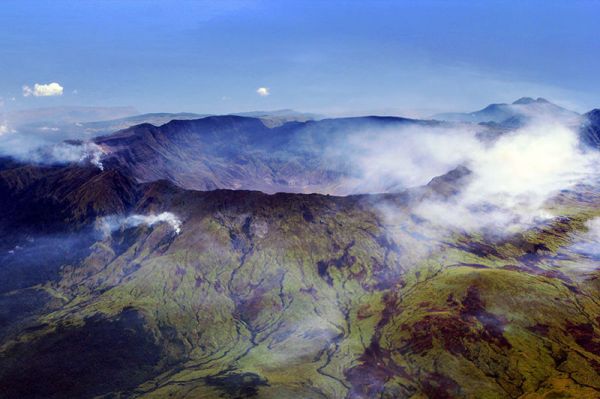The
biggest volcanic eruption in 10,000 years happened when Mount Tambora
exploded on April 10, 1815. The eruption killed thousands of Indonesian
villagers immediately, and the effects of disaster went global and
lasted for years. Some 36 cubic miles of ash and rock were flung into
the air, and a lot of remained there as particles that encircled the
earth.
Tambora was “a tragedy of nations masquerading
as a spectacular sunset,” Gillen D’Arcy Wood of the University of
Illinois, Urbana-Champaign, writes in Tambora: The Eruption That Changed
the World. Those aerosol particles stayed in the stratosphere for two
years, blocking sunlight and causing havoc on Earth’s climate. The year
1816 was so cold that it snowed in New England in June, and the period
became known as “the year without a summer.” Grain shortages and famine
occurred across the globe, and Tambora’s far-reaching death toll would
eventually claim more than 100,000 according to some estimates.
Our world would be different today if the Tambora disaster had never happened. Smithsonian has a list of
seven of the effects Tambora had on history, including weather patterns, disease, human migration, food, and even art and literature.


No comments:
Post a Comment